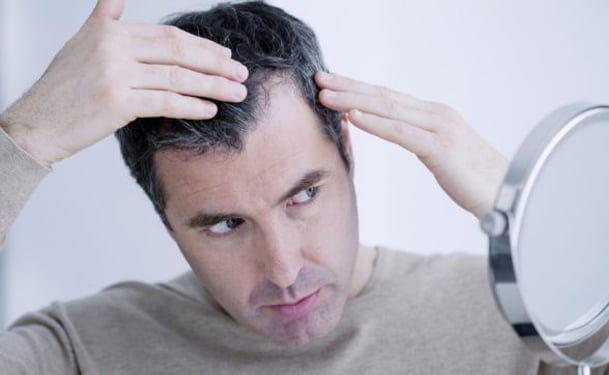Head lice and scabies are common parasitic diseases. Parasitic diseases in humans are caused by parasites that inhabit in or on a human. Parasites may feed off of blood and nutrients. There are three groups of parasites that cause disease in humans--protozoa, helminths and ectoparasites. Head lice and scabies are both caused by parasites from the ectoparasites type.
Difference in Parasite and Transmission
One of the major differences between a head lice infestation and scabies is the form of parasite. These parasites are easily transmitted from one person to another. The most common means of transmission is contact with an infected person.
Head louse, scientifically referred to as Pediculus Humanus Capitis, is one of the kinds of lice that can inhabit humans. Adult lice and nymphs (younger lice) stay as close to the scalp as possible for easy feeding. Head louse eggs, on the other hand, are usually located in the hair shaft. Their means of staying alive is by feeding off of human blood several times a day. Lice are incapable of crawling or hopping so they are often transmitted through a very close human-to-human contact.
Human scabies, on the other hand, is caused by Sarcoptes Scabiei also known as human itch mites. Adult mites tunnel under the skin. Mating occurs when a male penetrates the short burrows or molting pouches that a female has created. Impregnated females leave their burrows and resurface to the skin to find a perfect location to make a new burrow for the eggs. This is the time when scabies is most infectious. Transmission usually occurs when the mites are in the skin surface and the infested skin comes in contact with another skin.
Difference in Symptoms and Diagnosis
One of the noticeable symptoms of head lice is itchiness on the scalp and neck. Head lice by themselves do not cause any disease. However, frequent scratching may result to broken skin; infection may develop. Severe infestation of head lice in a human host can be easily diagnosed by an examination of the hair and scalp. Head lice are visible to the naked eye.
On the other hand, mites are so diminutive that they are almost microscopic. Once burrowed under the skin, they cannot be seen. The most noticeable symptoms of scabies are itchiness and redness/rash caused by the skin's reaction to the mite and the mite's feces. Scabies, at its first stage, have symptoms of severe itching particularly at night time. Intense scratching can lead to skin sores. These sores are susceptible to bacterial infection.
Difference in Treatments
Treatment for head lice includes an application of pediculicide or lice medicine. Use of a specialized comb to remove the remaining head lice is also recommended.
Scabicides are used to treat scabies. Scabicides used in human are only available by doctor's prescription. In the forms of lotion or creams, scabicides are applied not only to the affected parts, but to all parts of the body as well.
Both scabies and head lice cause severe discomfort. As soon as detected, it is best to treat these conditions right away to avoid complications and transmission.



